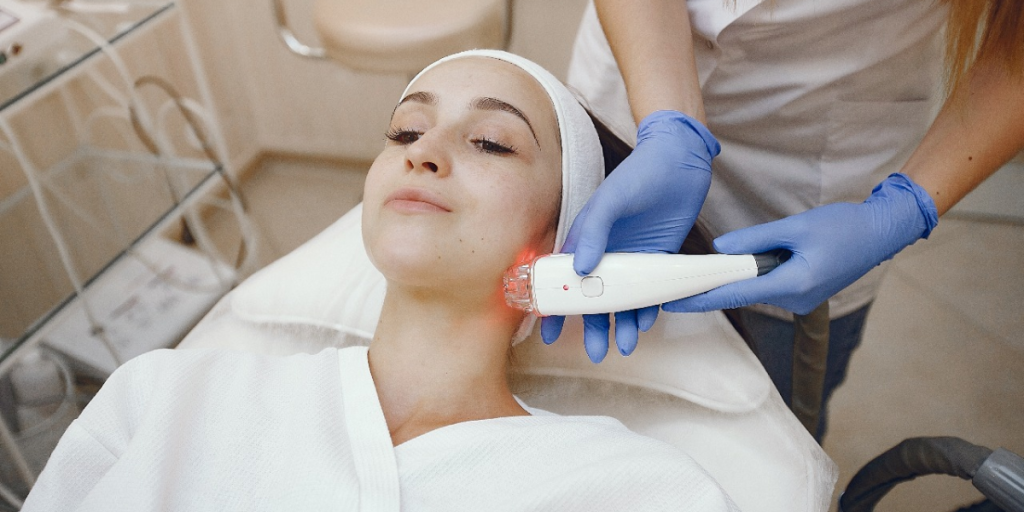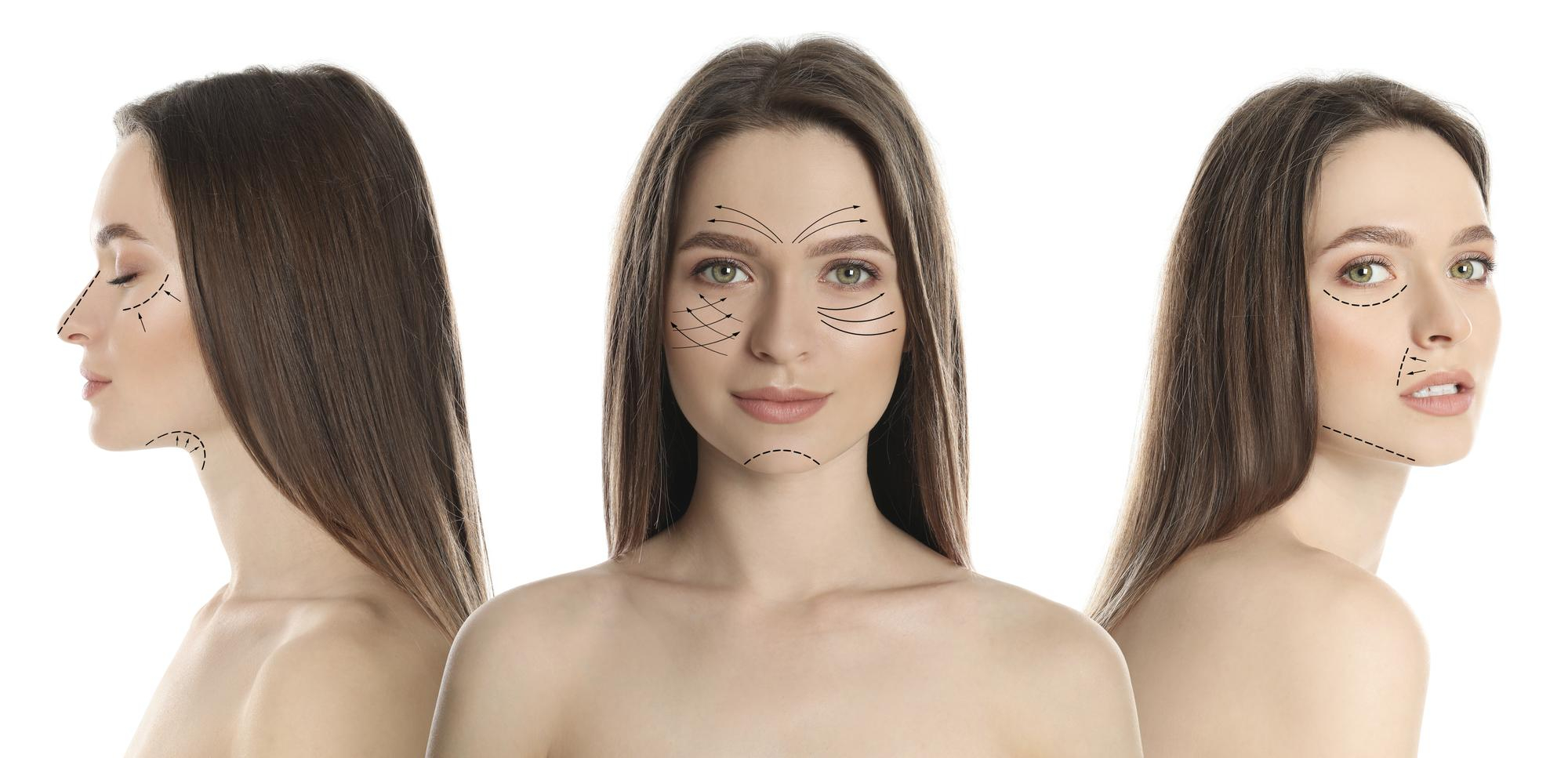Combining Laser Treatments and Chemical Peel for Hyperpigmentation: What Works Best?
Chemical Peel for Hyperpigmentation is one of the most common skin concerns, affecting people of all ages and skin types. From sun damage and acne scars to melasma and age spots, uneven skin tone can take a toll on confidence. Fortunately, modern dermatology offers highly effective treatments — and combining laser therapy with chemical peels has become one of the most powerful strategies for achieving smoother, brighter skin.
Understanding Hyperpigmentation
Chemical Peel for Hyperpigmentation occurs when the skin produces excess melanin — the pigment responsible for skin color. Factors such as UV exposure, hormonal changes, inflammation, and certain medications can trigger this overproduction, leading to dark patches or spots on the face and body.
While over-the-counter brightening creams and exfoliants can help mild cases, deeper or stubborn pigmentation often requires professional intervention. This is where laser treatments and chemical peels come into play.
How Laser Treatments Work
Laser treatments target pigment deep within the skin using concentrated light energy. The laser breaks down melanin deposits into smaller fragments, which are then naturally eliminated by the body over time.
Different types of lasers are used depending on the patient’s skin type and pigmentation concern:
- Q-switched lasers: Ideal for treating sun spots, freckles, and post-inflammatory pigmentation.
- Fractional lasers: Promote collagen renewal while improving texture and tone.
- Pico lasers: Deliver ultra-short bursts of energy to safely target pigment with minimal downtime.
Laser therapy offers precision and long-lasting results, making it a preferred choice for deeper pigmentation that topical treatments can’t reach.
How Chemical Peels Work
Chemical peels involve applying a specialized acid solution to the skin to remove the top layer of dead cells and stimulate cell turnover. Depending on their strength, peels can range from mild exfoliating treatments to more intensive resurfacing procedures.
Common peel types for hyperpigmentation include:
- Glycolic acid peels: Gently exfoliate and brighten dull skin.
- Salicylic acid peels: Excellent for acne-prone skin with dark marks.
- TCA (trichloroacetic acid) peels: Target deeper pigmentation and improve overall skin texture.
Peels help resurface the skin, allowing new, even-toned cells to emerge — revealing a clearer and more radiant complexion.
Why Combine Laser and Chemical Peel Treatments?
While each treatment is effective on its own, combining lasers and chemical peels can enhance results dramatically.
Here’s why the synergy works so well:
- Multi-layer action: Lasers target deeper pigment, while chemical peels work on the skin’s surface — ensuring comprehensive treatment.
- Improved absorption: After laser therapy, the skin becomes more receptive, allowing chemical peel ingredients to penetrate more effectively.
- Faster results: The combination accelerates skin renewal, reducing pigmentation faster than using either treatment alone.
- Enhanced texture and tone: Together, they not only fade dark spots but also refine pores, smooth fine lines, and boost radiance.
Dermatologists often customize a treatment plan based on the patient’s skin type, pigment depth, and sensitivity to minimize side effects while maximizing results.
What to Expect During Treatment
A combination treatment plan typically involves spacing out laser and peel sessions to give the skin time to heal between procedures. For example, a dermatologist might perform a laser session first, followed by a gentle chemical peel a few weeks later.
Mild redness, flaking, or sensitivity may occur temporarily, but these effects subside as the skin renews itself. It’s crucial to follow post-treatment care instructions, such as avoiding direct sun exposure and applying broad-spectrum sunscreen daily.
Who Is a Good Candidate?
The combination approach is suitable for most skin types, but the specific protocol must be tailored to individual needs. People with darker skin tones, in particular, should seek treatment from experienced professionals to minimize the risk of post-inflammatory hyperpigmentation.
A thorough consultation with a certified dermatologist or medical aesthetician ensures the safest and most effective outcome.
The Bottom Line
Combining laser treatments and chemical peels can be a game-changer for those struggling with persistent hyperpigmentation. This dual approach addresses pigment at multiple layers, revealing a clearer, smoother, and more even complexion.
When performed by skilled professionals and supported by proper aftercare, the results are not only visible but transformative — helping you achieve the radiant, confident skin you deserve.
Pyramid Healthcare: Leading the Way in Advanced Aesthetic and Cosmetic Solutions in India
Pyramid Healthcare is a leading Indian distributor specializing in advanced health, slimming, aesthetic lasers, and cosmetic equipment. Renowned for offering cutting-edge solutions, they provide state-of-the-art technologies like the IRIS Blue Toning™ system, which effectively addresses pigmentation issues, acne scars, and uneven skin tone. Their commitment extends beyond just providing equipment; they offer comprehensive after-sales support, ensuring clients receive optimal results and satisfaction. Trusted by professionals and proven in clinics, Pyramid Healthcare stands at the forefront of aesthetic innovation in India.





